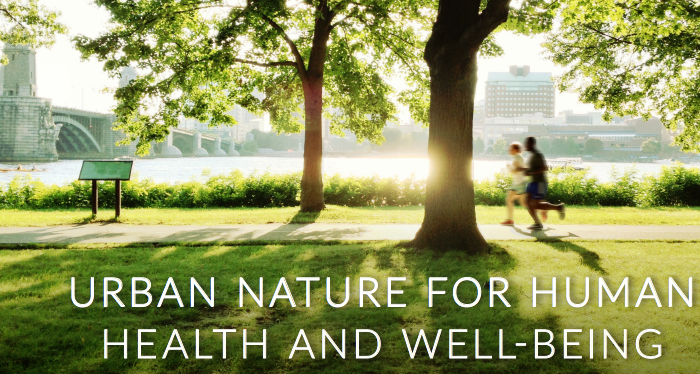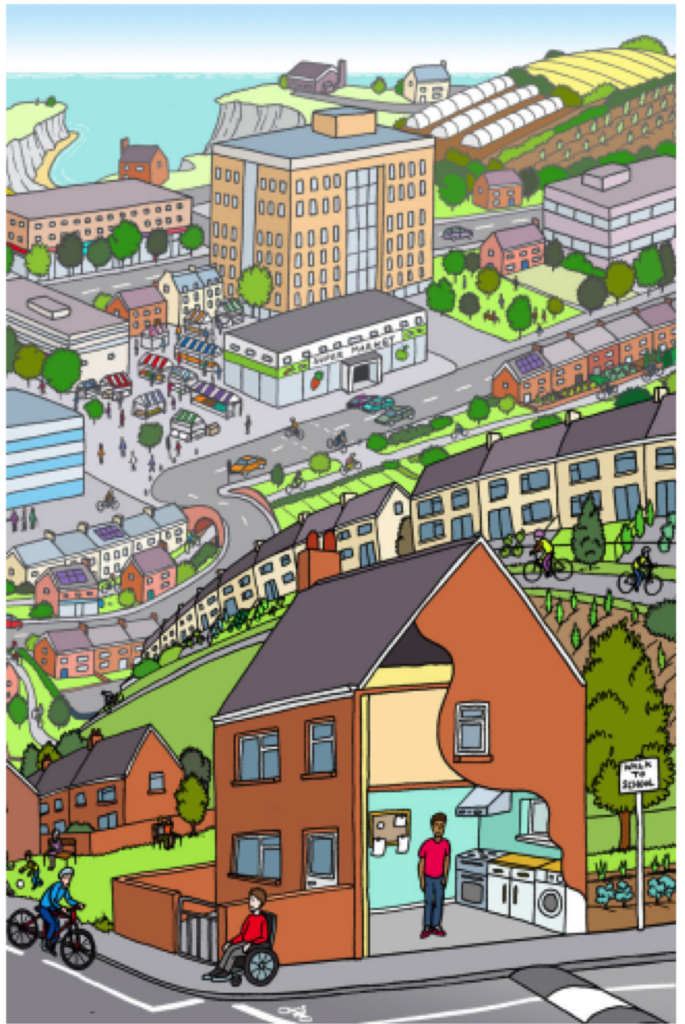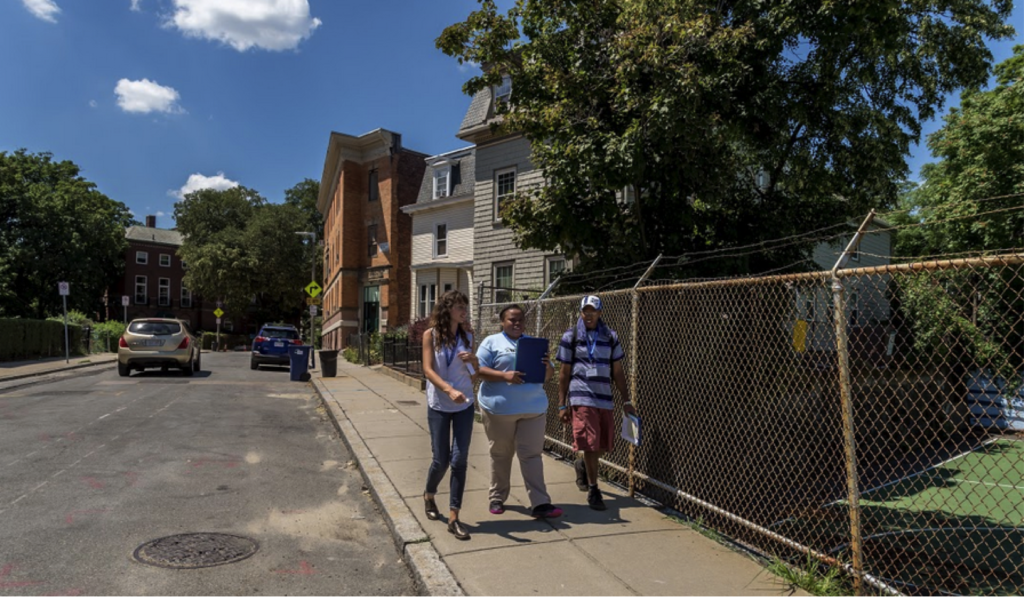City Know-hows

The study by collecting data from a sample in a developing and rapidly urbanizing country in South Asia highlighted the importance of green space interventions to promote urban dwellers’ contact with urban green spaces and physical activity levels. Moreover, it highlighted differences in urban green space usage behaviours based on differences in sociodemographic characteristics, suggesting the necessity to target certain sub-population groups more than others.
Share
Target audience
The problem
Mental disorders have become one of the leading contributors to the global health-related burden today and represent a huge cost to individual lives and a tremendous economic challenge with respect to the accompanying healthcare costs, compromised productivity of the patient as well as the caregiver, medicine costs, and informal care costs. Yet, health systems across the world are not responding adequately to the current burden of mental disorders, and the gap between the need for treatment and its provision is wide.
What we did and why
We examined the urban green space users’ self-perceived mental health benefits of visiting urban green spaces, the influence of urban green space usage behaviours on users’ self-perceived mental health benefits of visiting urban green spaces, and differences in urban green space usage behaviours based on differences in socio-demographic characteristics by collecting data from a Pakistani sample. Pakistan is faced with a tremendous burden of chronic mental health challenges, and it was considered imperative to produce practical evidence that could assist the stakeholders in making informed decisions to prevent and manage mental health conditions.
Our study’s contribution
A burgeoning amount of evidence today has been affirming the mental health benefits of visits to urban green spaces. However, this subject has not been adequately investigated in Asia’s lower-middle and low-income rapidly urbanizing countries. To fill this knowledge gap, we conducted this study by collecting data from a Pakistani sample, as Pakistan is not only faced with a tremendous burden of chronic mental health challenges but also has the highest rate of population growth and urbanization in the South Asian region.
Impacts for city policy and practice
Our study has highlighted the necessity of green space interventions to promote urban dwellers’ contact with urban green spaces and physical activity levels. These green space interventions should be inclusive of social promotion activities (e.g., awareness campaigns, collaboration with local organizations) accompanied by physical changes, such as developing green spaces in ways that help overcome low urban green space usage and activity intensity levels among the general population and the sub-population groups with low urban green space usage.
Further information
Community Health Impact Coalition: https://twitter.com/join_chic; CHW Central: https://chwcentral.org/; 1 million community health workers: https://twitter.com/1mchw; Greenpeace: https://www.greenpeace.org/international/; Earth Island Institute: https://www.earthisland.org/; Nature Friends International: https://www.nf-int.org/en
Full research article:
An examination of urban green spaces usage behaviours and self-perceived mental health benefits: findings from two urban green neighbourhoods in Pakistan by Zahra Niazi and Muhammad Ammad Khan
Related posts

Our systematic review of the impacts of neighbourhood design on well-being found strong evidence linking design principles such as walkability and access to green space with health and well-being.

Gentrification exacerbates financial insecurity for economically vulnerable residents, leading to increased stress.

Looking into an urban transformation of a low-income settlement in Maputo, Mozambique, through the behaviours and experiences of pedestrians, shows that physical interventions to the walking environment contribute to the ability of diverse individuals to exercise their Right to the City.